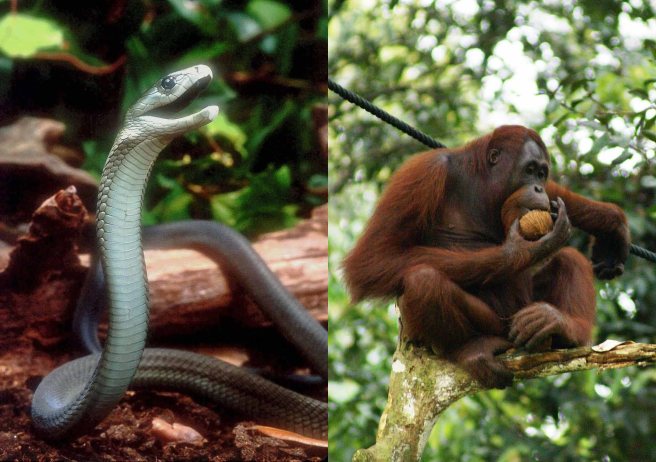
Mammals and reptiles have different strategies for raising their young. So do scientists.
Basically, it’s a question of risk. You can invest a lot in a very small number of offspring, or you can produce a ton of them but not leave much love to go around*. The former strategy gives that lucky sprog the best possible start, but carries a much higher penalty for the parents if things don’t work out; the latter lessens the damage inflicted by losing one or more offspring, but naturally makes them somewhat more disposable. Bad news if you’re one of the ones that doesn’t make it.
That’s Nature, but the same dynamic gets played out in research labs the world over. It’s not a question of group size per se (although large groups are more likely to be reptilian), so much as it’s a question of turnover. How much value is placed on an individual student?
Where it gets difficult is that group leaders are not primarily seeking to spawn scientists; they’re seeking to publish research. They may take the mammalian approach and decide that every student is a group-leader-in-training who needs nurturing. Or they may go down the reptilian route and hire more people than they can effectively supervise and give them a lot less direct attention.
However, which philosophy (or taxonomy) they follow won’t necessarily be reflected in their publication record. One paper from the lab might be the result of a single student who’s been well looked-after and taken the opportunities that came their way. It might equally be the result of 3-5 students, 4 of whom have (been?) burned out, while the 5th was around to see the paper through.
The problem is that the risk for the supervisor is the same regardless of whether they treat their students as valued contributors or a disposable resource. And at present, there’s no way of readily telling whether the person at the top is a cobra or a chimp. And there’s no penalty for being a snake either.
The second iteration on the theme is the large group/small group dynamic. Small groups are higher risk (regardless of whether they place a low or a high value on individual members), because there are fewer possibilities for success. Large groups carry lower risk for the person at the top because the risk is spread amongst all the different projects that are going on. The downside – for those working on them – is that only one of those projects needs to work out for the continued prestige of the group; what happens to the rest can be conveniently forgotten. This might reflect why large groups have become more and more common as research has become more competitive.
Of course, we should and must remember that not every student is a budding future Nobel Prize-winner. And besides the merely mediocre, there are the clumsies, the careless, the complacent, and the disinterested. But regardless of their aptitude, they’re still human beings and deserve to be treated as such. Leadership is about getting the most out of people, not trying to find how they can best help you.
Group leaders do have a duty to their students. All of them. And as such, we need to identify and penalise groups that have high turnovers. They’re being led in a far too cold-blooded way.
*And as with so many things, there’s more to it than at first sight. Crocodiles, contrary to the breed’s fearsome reputation, are actually outstanding parents.

2 thoughts on “Bringing up baby”